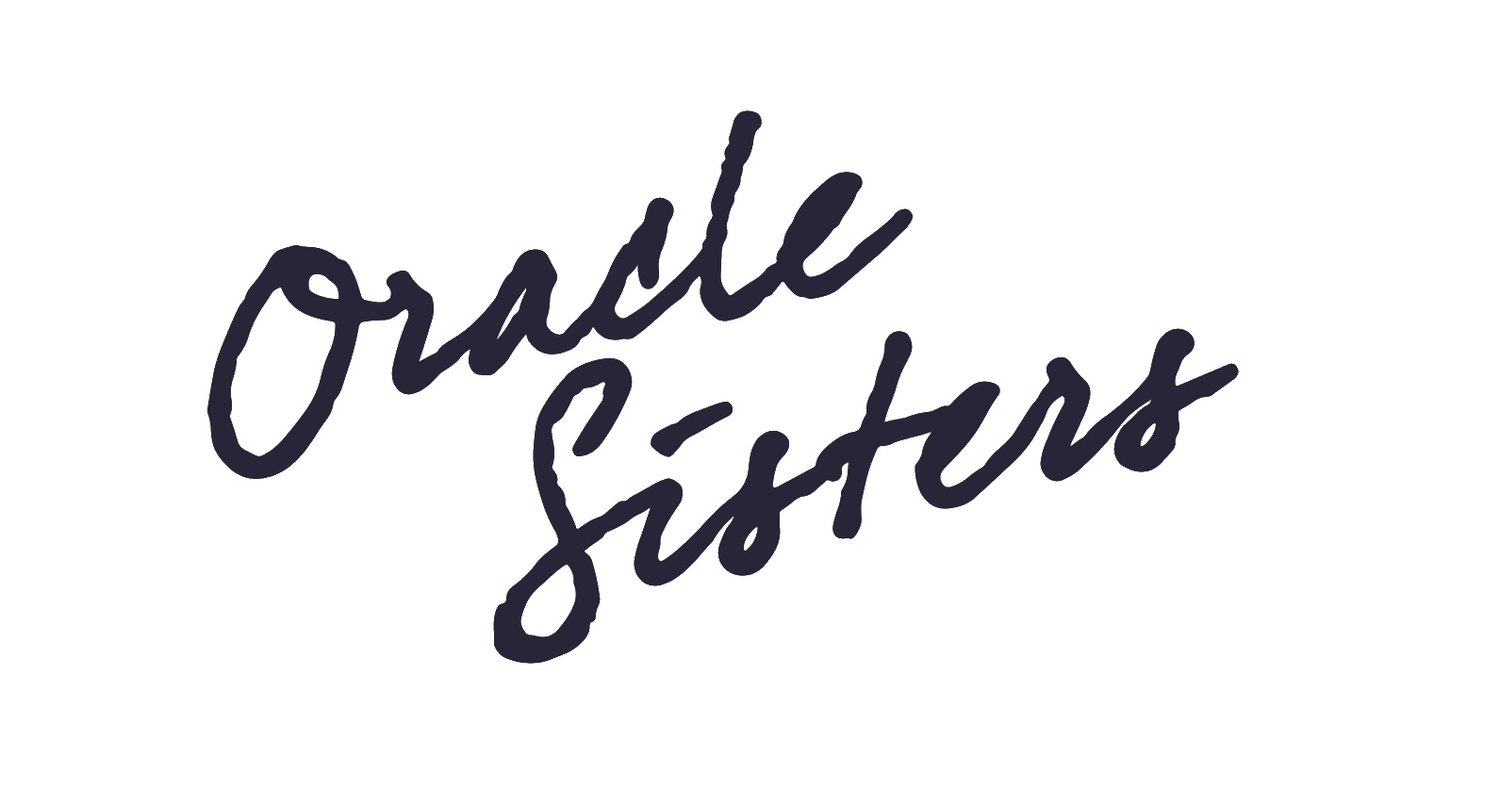PARIS I OR PARIS II, MAYOR PERPET PONDERS
Politics
Two architectural visions have been presented to the city’s Mayor at the Annual Architect’s Conference in Paris to reimagine the Haussmannien metropole in the face of ever-rising temperatures.
With summers reaching 56 C and temperate wet winters consistently causing flooding of the Seine, Anne Perpèt, spoke out: “As Mayor of the City, it is my honour to preside over a long overdue remake of of our beloved Paris for a replete vision of adaptation and survival, rather than technological innovation and commerce for the sole purpose of an improved personal quality of life - a philosophy that has thus far favoured the privileged and rich, at the expense of the working poor of Paris,” a statement the Mayor’s critics to the Left have already denounced as a specious platitude.
Though climate-control technology currently allows Paris to remain habitable, its cooling mechanism is based on a Dyson Cryogenic Filtration System fueled by liquid Helium siphoned from lunar cold weather fronts, a scarce and costly resource paid for by a controversial ‘Tap Water Tax’ introduced two years ago across the city. Perpèt’s Mayoral campaign promised to revolutionize the city’s approach to atmospheric management and, after a narrow election victory last year, this architectural survey marks the first step toward what she has dubbed a ‘Sociotech Utopia’.
Paris I, designed by Emmanuel Crépuscule presented the more optimistic vision, designed to function as a living, breathing, self-sufficient metropolis, forming its own ecosystem and environmental dome, with rooftop farms and terraces to nourish the city’s inhabitants.
The design elements and impressive new buildings would use heat-resistant glass and self-cooling chrome as a matter of principle. The Seine river would be diverted by way of a newly built dam and hydro-electric power station that would create enough energy to power the city twice over.
The vision, Crépuscule stated, would allow for a “city by the citizens, for the citizens, guided by nature.”
Paris II, designed by Brigitte Fontaine, the former existentialist-philosopher-turned-architect, presented what she claimed to be a more “realistic” vision of the future of Paris.
“We cannot hope to save what is already on its knees, so we must make the most out of what remains,” she exclaimed. In this spirit, Brigitte suggested building a plethora of electric towers to capture the recurrent seasonal thunder storms that plague the region in the spring: “We will capture all this electricity to power the city” she says. As for style, with a more conservative bent, she suggested resurrecting the design of the Eiffel Tower, which collapsed due to rust 52 years ago, this time making a multiplicity of them to support a platform upon which a new Paris can be built. “We will benefit from fresh water condensed from the clouds, meanwhile the grounded electricity will be stored at the base of the former city”.
She also suggested that the six million who live on the peripheries of Paris would be able to move into the former city below until they, quite literally, worked their way up. The fact that they would live and work without a ray of sunlight seemed to go over her head “We will, at last, become the ‘Cloud People that the prophecies foresaw’” she exclaimed flashing her newly-whitened teeth with a bright smile.
While Crépuscule’s vision will appeal to Mayor Perpèt’s optimistic public image, to her inner circle she is a known pragmatist and self-described ‘sunshine socialist’ (as per a connection app profile circa 2120). With a re-election campaign to consider before ground is broken on the ‘New Paris’, she may opt for Fontaine’s less idealistic approach.


